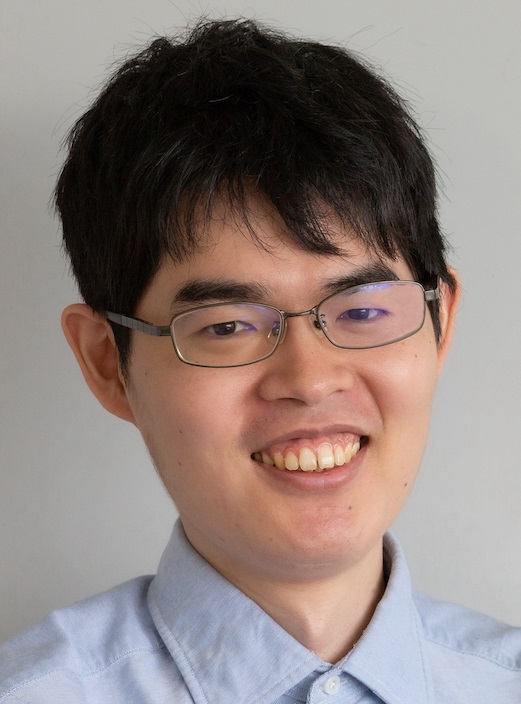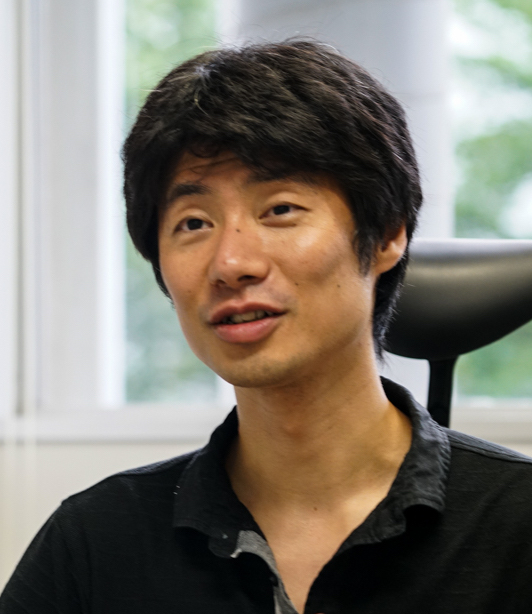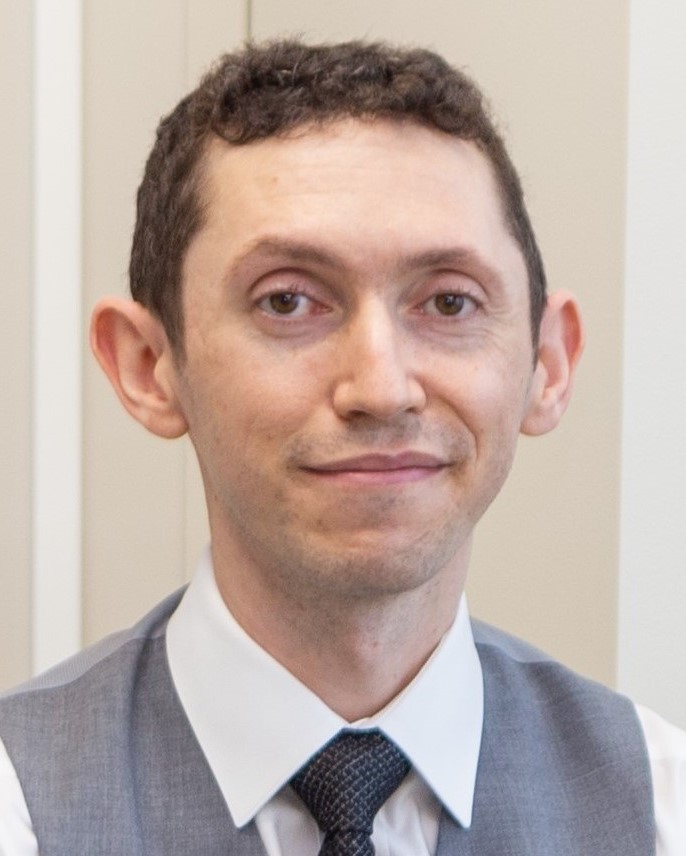Profile

Department of Mathematical Informatics
Graduate School of Information Science and Technology
The University of Tokyo
Professor
Hongo 7-3-1, Bunkyo-ku, Tokyo 113-8656, Japan
Tel: +81 3 5841 7430 (ext. 27430)
E-mail:iwata@mist.i.u-tokyo.ac.jp
[ Personal Site ]
Biography
| March 1991 | Bachelor of Engineering, Department of Mathematical Engineering and Information Physics, School of Engineering, The University of Tokyo |
|---|---|
| March 1993 | Master of Engineering, Department of Mathematical Engineering and Information Physics, Graduate School of Engineering, The University of Tokyo |
| April 1994 | Research Associate, Research Institute for Mathematical Sciences, Kyoto University |
| April 1997 | Lecturer, Graduate School of Engineering Science, Osaka University |
| April 2000 | Associate Professor, Department of Mathematical Engineering and Information Physics, Graduate School of Engineering, The University of Tokyo |
| April 2001 | Associate Professor, Department of Mathematical Informatics, Graduate School of Information Science and Technology, The University of Tokyo |
| April 2006 | Associate Professor, Research Institute for Mathematical Sciences, Kyoto University |
| April 2008 | Professor, Research Institute for Mathematical Sciences, Kyoto University |
| February 2013 | Professor, Department of Mathematical Informatics, Graduate School of Information Science and Technology, The University of Tokyo |
Research Topics
Solving Fundamental Problems in Mathematical Engineering
– Discrete Optimization: Design and Analysis of Efficient Algorithms on Matroids and Submodular Functions
– Discrete Mathematical Engineering: Engineering Applications of Discrete Optimization Methods (Systems Analysis and Chemoinformatics)
Selected Publications
- S. Iwata and M. Takamatsu: Index minimization of differential-algebraic equations in hybrid analysis for circuit simulation, Mathematical Programming, 103 (2010), 105-121.
- J. F. Geelen, S. Iwata, and K. Murota: The linear delta-matroid parity problem, Journal of Combinatorial Theory, B88 (2003), 377-398.
- S. Iwata, L. Fleischer, and S. Fujishige: A combinatorial strongly polynomial algorithm for minimizing submodular functions, Journal of the ACM, 48 (2001), 761-777.






